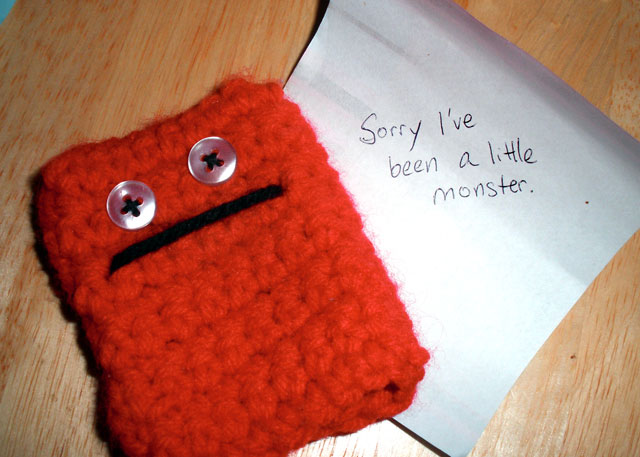Apologies for cross-posting
Communication habits sometimes achieve the opposite of what we want.
Apologizing is a polite and functional act of communication: it helps people to let go any negative sentiments you may have caused. However, communication is only effective when it is actually meant to help others, not to help yourself. We sometimes send messages out of habit, which strangely can give them the opposite effect than was intended by adopting that habit. Therefore, always think before you communicate to ensure you convey the right message.
If you’re a reader of mailing lists, you’ll be familiar with “apologies for cross-posting”. One of the lists I follow has already more than 16,000 mails starting with this phrase. There’s something funny: it achieves the exact opposite of what the writer means.
Think about this. Apologies are supposed to help people. You apologize for posting to multiple lists. But as opposed to making things better, you make things worse: you’re cross-posting apologies! In fact, because people have received the exact same phrase thousands of times, the apology itself is more likely to bother them than the message it is apologizing for. So why do we feel forced to add it?
Maybe we believe it is impolite not to apologize. But how can it be polite to send the same phrase over and over again? This seems to be a situation where people value expressing that they’re a polite person more than being helpful towards others. When an action only serves ourselves, it can hardly be called polite, right?

Habits taken out of context
The best way to explain the importance of reflexion when it comes to habits, is a dialog from Steve + Sky, one of my favourite movies—watch the scene here.
Jean-Claude tells his troubled friend Steve a story. (In fact, during the entire movie, it’s the only story he tells with an actual punch line, the other ones go nowhere.)
A daughter asks her mother:
– “Mom, when you’re making roast lamb, why do you always cut off the ends?”
– “Well, my dear, that’s how my mother has always done it.”
So the daughter visits her grandmother:
– “Grams, why do you always cut off the ends of a roast lamb?”
– “That’s how my mother taught me to prepare a delicious lamb.”
So finally, she heads to her great-grandmother:
– “Nana,” she shouts slowly, “why do you always cut off the ends of a roast lamb?”
– “Oh dear… back in the days, my oven was so tiny. That lamb just wouldn’t fit.”
So for our purposes, the lamb is the message you want to spread, and cutting of the ends is adding the apology. Everybody does it and so we assume it is “just how things are done”, but it needn’t be that way. Contexts change, habits can be adjusted.
Apologize for your apology
There are two ways out. One is the obvious polite way: apologize for cross-posting the apology. Yet, there’s a slight danger of infinite recursion there.
The best way is to leave off the apologies. It’s really not impolite; quite the contrary: emphasizing every time that you’re a polite person might just not be the most polite thing to do. And if you really feel you should apologize, just add that dreaded phrase at the end of the message. You’ll have a clear conscience, without bothering anyone.
![[Profile picture of Ruben Verborgh]](/images/ruben.jpg)


